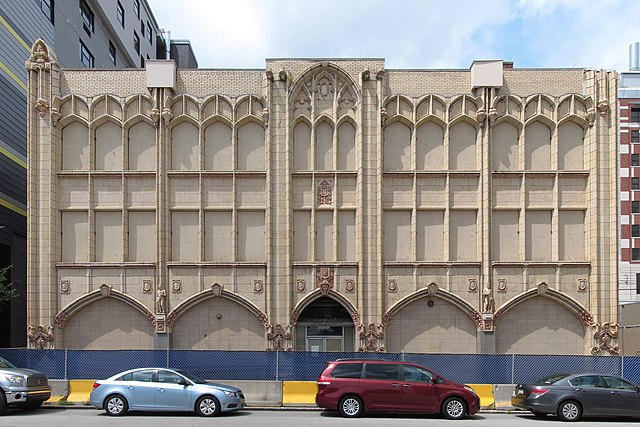
Built in 1914, this little church (now Emmanuel Christian Church) is a fine example of the simple Arts-and-Crafts interpretation of Tudor Gothic that was fashionable for small churches in the early 1900s. The only specifically Gothic detail is the large front window; the tower has a bit of decorative half-timbering, but the rest is unadorned and built with cheap but attractive materials.


Addendum: According to the Construction Report for August 23, 1913, the architect was Pierre Liesch. “Architect Pierre Lessch, 18 East Fourth street, Aspinwall, is taking bids on erecting a one-story brick veneer church on Davis avenue near Brighton road, Northside, for the Emanuel Baptist congregation. Cost $15,000.” It should be noted that this magazine is poorly edited and frequently misspells names.





